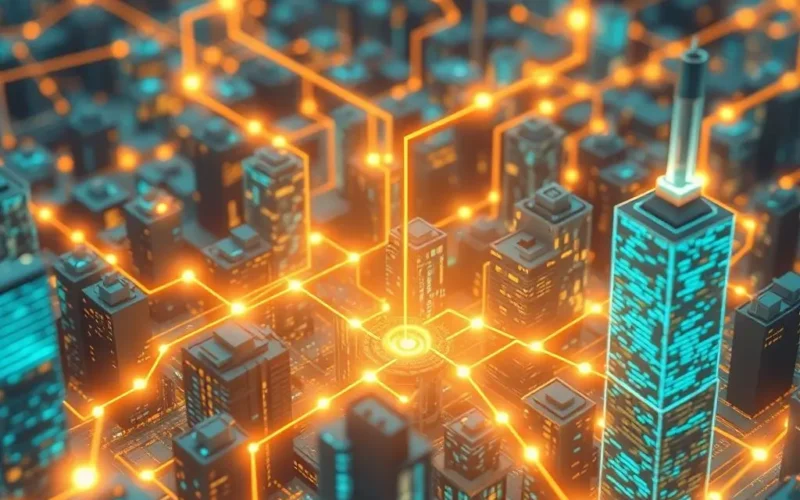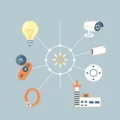Ever find yourself stuck in gridlock, watching the minutes tick away, or wonder why some neighborhoods seem to have perfectly timed traffic lights while others feel like a perpetual slowdown? Or perhaps you’ve thought about the sheer complexity of keeping a modern city humming – managing everything from power grids and water supplies to waste collection and public safety. It feels like it would take some kind of invisible magic to make it all work seamlessly, right?
Well, in a way, it does. That ‘magic’ often whispering behind the scenes in the intricate world of urban planning and city management is Artificial Intelligence.
Before we dive deep into how this incredible tech is reshaping our concrete jungles, take a quick moment to watch our video reel below. It gives you a glimpse into the AI-powered future that’s already starting to unfold on our streets.
Table of Contents
What Makes a City “Smart”? It’s More Than Just Wi-Fi.
A “Smart City” isn’t just a place with widespread internet access. It’s an urban area that utilizes data-driven technologies to enhance efficiency, sustainability, and the quality of life for its residents. Think of it as the city itself having a nervous system, constantly gathering information, analyzing it, and making adjustments.
And at the heart of this nervous system lies Artificial Intelligence. AI is the engine that processes the massive volumes of data generated by sensors, cameras, connected devices, and public input. It identifies patterns, predicts outcomes, and automates decision-making processes that would be impossible for humans alone to manage in real-time across an entire metropolitan area.
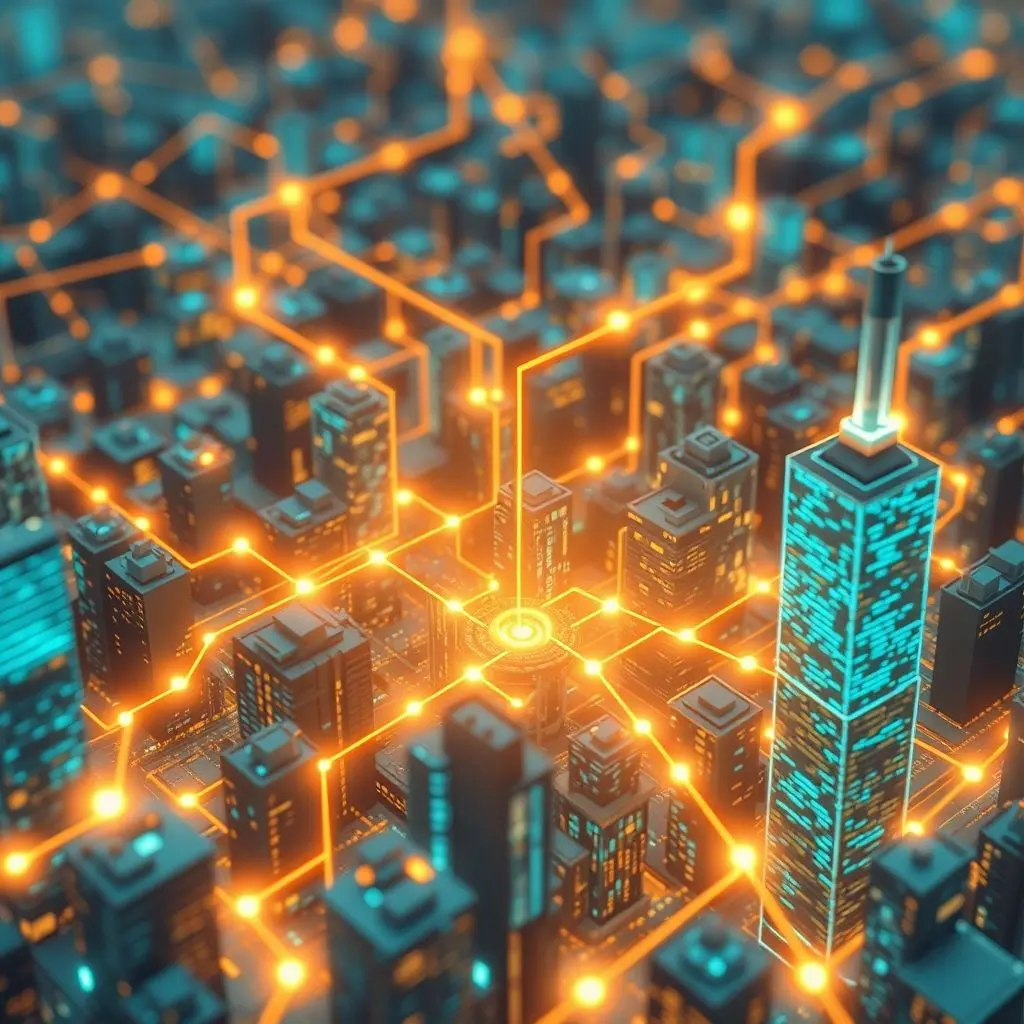
AI in Action: Where Data Meets Concrete
So, where exactly is AI making the most significant impact in our cities? Let’s explore some key areas:
Keeping Traffic Flowing Smoothly
Traffic congestion is a major headache for cities worldwide. AI is stepping in to act as a dynamic traffic manager. By analyzing data from traffic cameras, GPS devices, and road sensors, AI algorithms can predict traffic build-up points, optimize traffic light timings in real-time based on actual flow (not just pre-set schedules), and even suggest alternative routes to drivers via navigation apps. This isn’t just about reducing commute times; it saves fuel, lowers emissions, and reduces driver frustration.
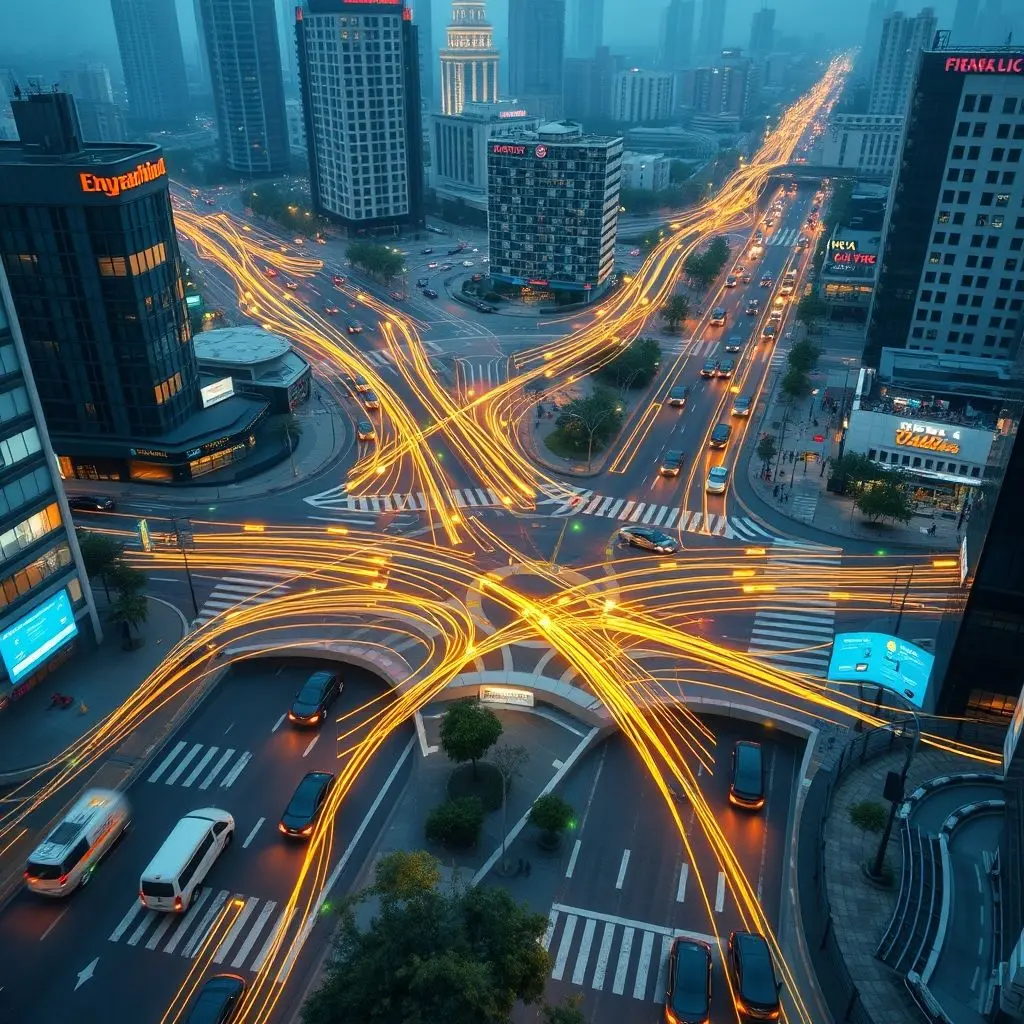
Building Resilient Energy Grids
Managing a city’s power supply is a delicate balancing act, especially with the increasing integration of renewable energy sources which can be intermittent. AI helps create ‘smart grids’ that can predict energy demand based on weather patterns, time of day, and even specific events. This allows utilities to optimize power distribution, identify potential issues before outages occur, integrate renewables more efficiently, and potentially lower energy costs for both the city and its residents by minimizing waste.
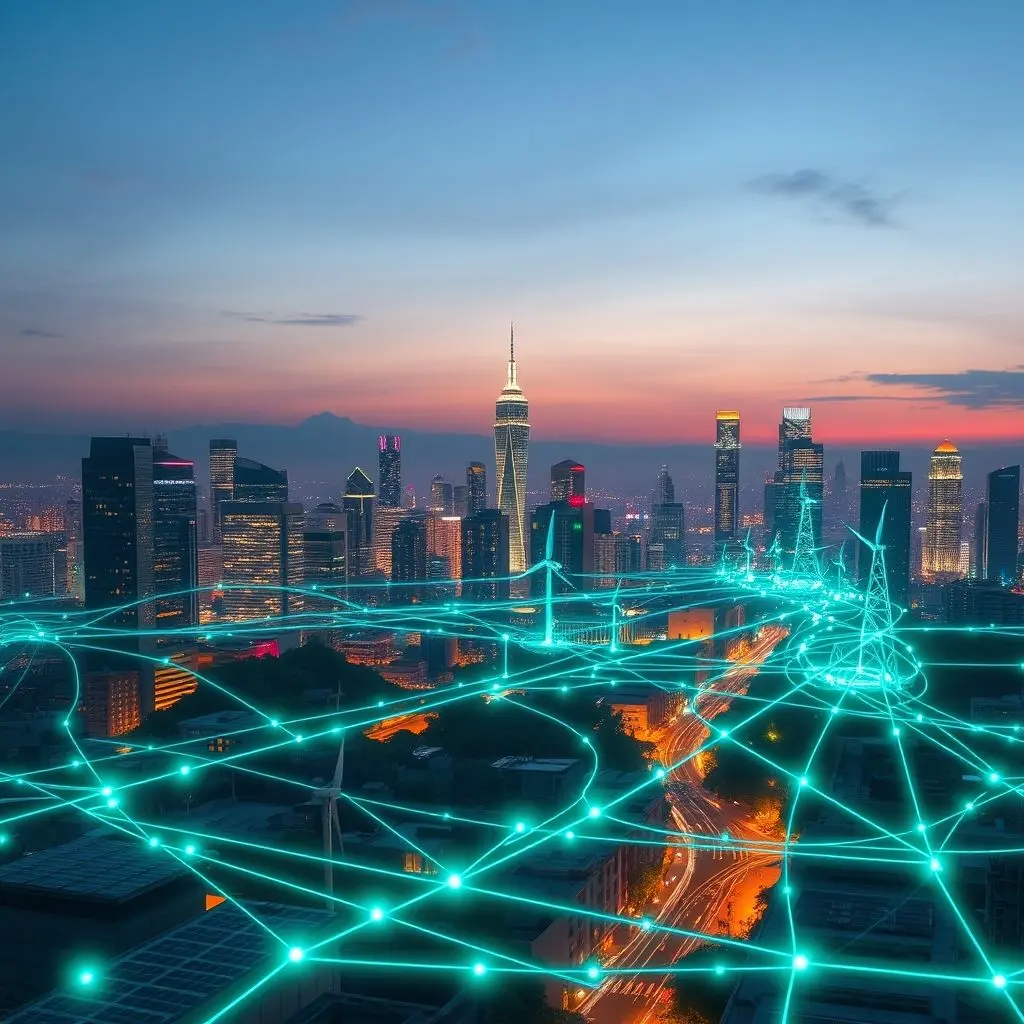
Revolutionizing Waste Management
Trash collection might not be the most glamorous topic, but it’s essential for a clean city. AI is optimizing waste management by analyzing data from sensor-equipped smart bins that report their fill levels. This allows sanitation departments to optimize collection routes in real-time, sending trucks only to bins that are full, instead of following rigid, inefficient schedules. This saves time, fuel, and reduces traffic from unnecessary truck movements.

Enhancing Public Safety
While raising important privacy considerations, AI is being explored and implemented in various ways to enhance public safety. This includes using AI to analyze patterns in crime data to help allocate police resources more effectively to areas where they are most needed (predictive resource allocation, not predictive policing in the controversial sense of targeting individuals). AI can also assist in monitoring public spaces or analyzing emergency call data to improve response times.
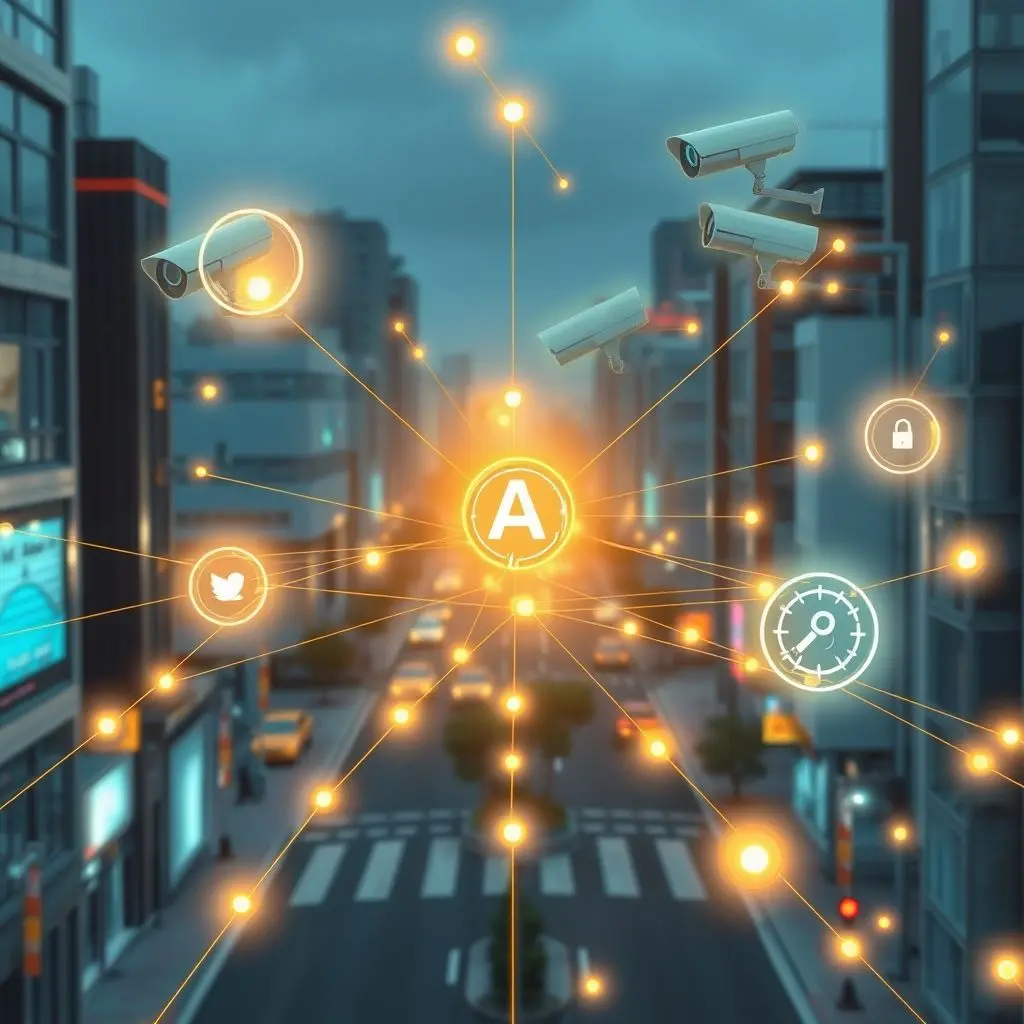
Beyond the Basics: Resources and Environment
The applications extend even further. AI can analyze data from water flow sensors to detect leaks early, preventing waste and infrastructure damage. It can process data from air quality sensors to identify pollution hotspots and sources. AI can even aid in urban planning itself, analyzing demographic data and usage patterns to recommend optimal locations for parks, public transit stops, or new developments.
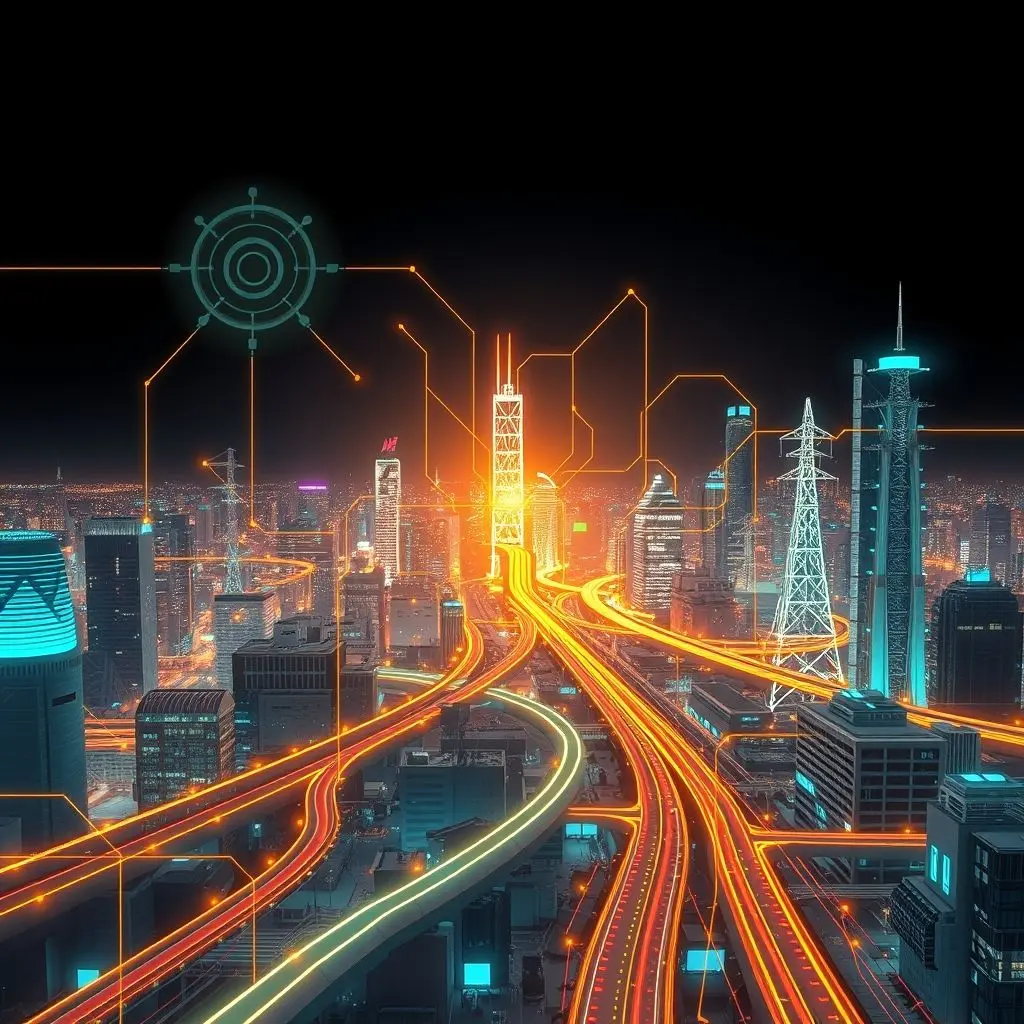
The Upsides: Why AI Matters for City Dwellers
The integration of AI into urban planning offers tangible benefits for the people who live in these cities:
- Improved Efficiency: Less time stuck in traffic, more efficient use of energy and water, optimized public services.
- Increased Sustainability: Reduced carbon emissions from optimized transport and energy use, better waste management, conservation of resources.
- Enhanced Livability: Cleaner streets, potentially safer neighborhoods, better access to services, and a more responsive urban environment.
- Cost Savings: For the city government, leading to potential savings for taxpayers, and potentially lower utility bills for residents.
Navigating the Bumps: Challenges and Concerns
It’s crucial to acknowledge that the path to AI-powered smart cities isn’t without its challenges:
- Data Privacy and Security: Gathering vast amounts of data about citizens and city operations raises significant privacy concerns. Robust security measures and clear regulations are essential.
- Implementation Costs: Setting up the necessary infrastructure – sensors, data centers, AI systems – requires significant investment.
- Bias in Algorithms: AI models are trained on data, and if that data reflects existing societal biases, the AI’s decisions could perpetuate or even amplify those biases. Careful design and monitoring are needed.
- Digital Divide: Ensuring equitable access to the benefits of smart city technologies for all residents, regardless of socioeconomic status or tech literacy.
Looking Ahead: The Future of AI-Powered Cities
What’s next? We’re likely to see even more sophisticated applications, potentially including digital twins of cities allowing for simulations of policy changes or infrastructure projects before they are implemented. Autonomous vehicles integrated into the traffic management system, hyper-personalized public services based on citizen needs, and AI assisting in disaster response and recovery are all on the horizon.
Your Burning Questions About AI in Cities
What exactly is a “Smart City”?
At its core, a smart city uses technology and data (often processed by AI) to improve services, infrastructure, and overall quality of life for its residents. It’s about making the city’s systems interconnected and responsive.
Is AI controlling everything in a smart city?
Not yet, and likely not ever completely. AI serves as a powerful tool for analysis, prediction, and automation in specific domains like traffic or energy. Human oversight and decision-making remain crucial, especially for complex policy issues.
How does this save money?
By optimizing resource use (like energy and water), reducing waste (like unnecessary trash truck routes), predicting maintenance needs to prevent costly failures, and improving efficiency across services, AI can lead to significant operational cost savings for city governments and utilities.
What about my privacy? Is the city watching me?
This is a critical concern. While smart cities collect data, responsible implementation requires strong data governance, anonymization techniques, and transparent policies about what data is collected, why, and how it’s used. Citizens should have a say in how their data is handled.
Will AI replace city workers?
AI is more likely to augment human roles rather than completely replace them in urban planning and management. It can handle data analysis and routine optimization, freeing up human staff to focus on more complex problem-solving, citizen engagement, and strategic planning.
The journey of building truly smart, responsive cities is ongoing, constantly evolving with technology. AI isn’t just a futuristic concept for urban landscapes; it’s a tool being actively implemented today, quietly working to make our everyday lives smoother, safer, and more connected, one optimized traffic light and smart bin at a time.
